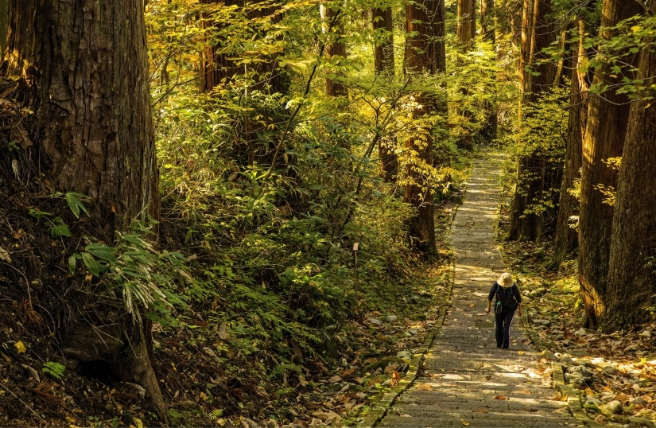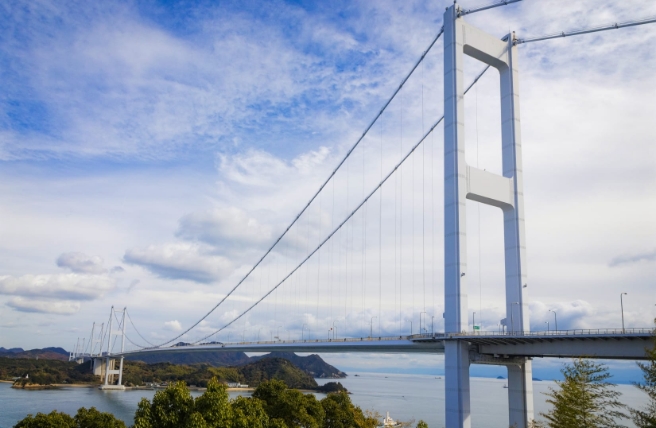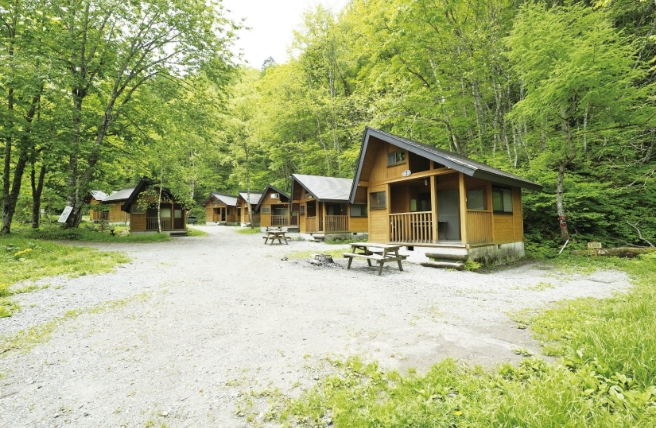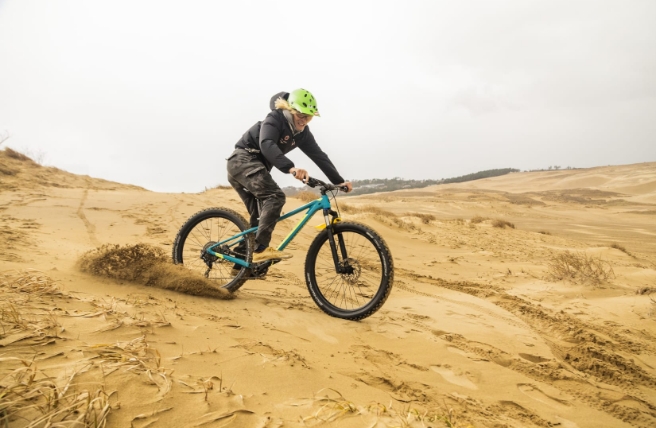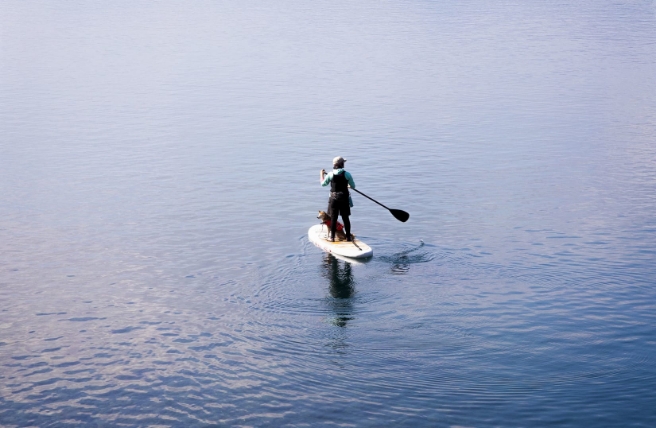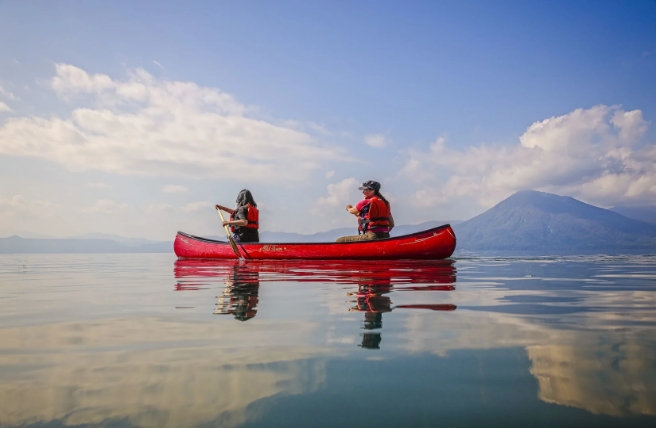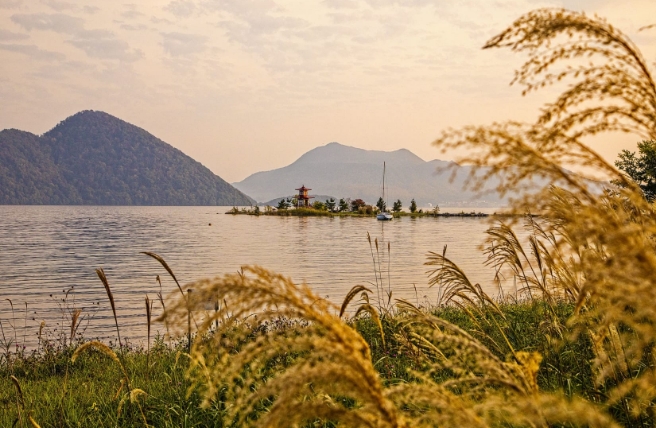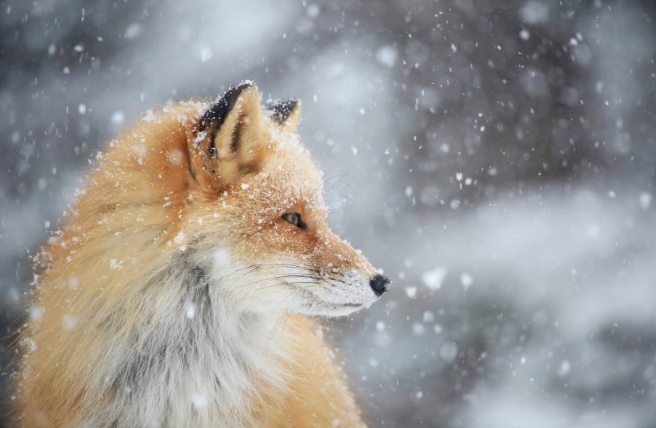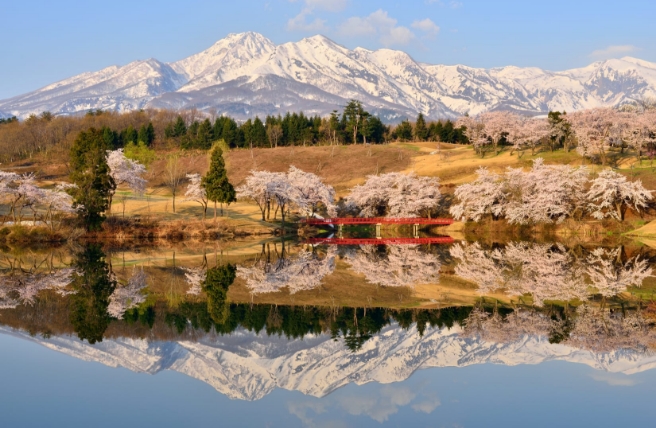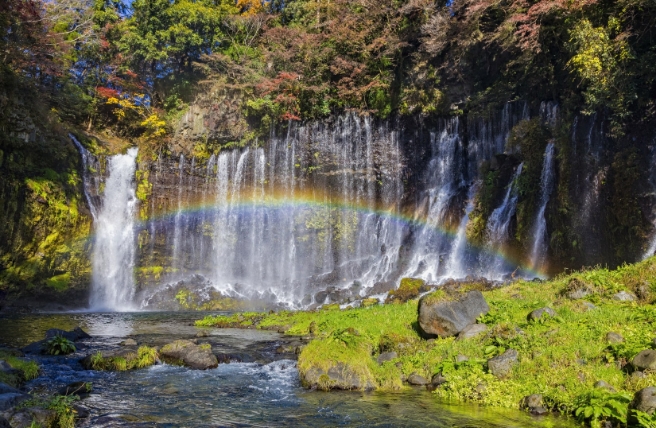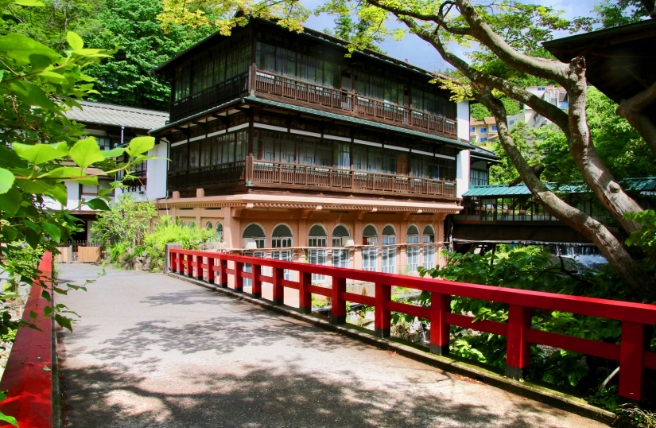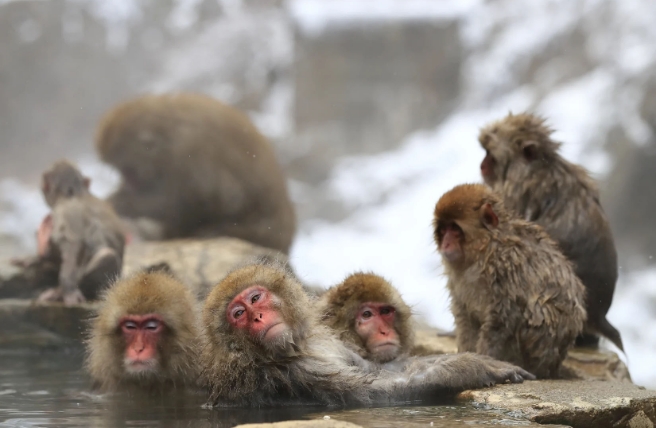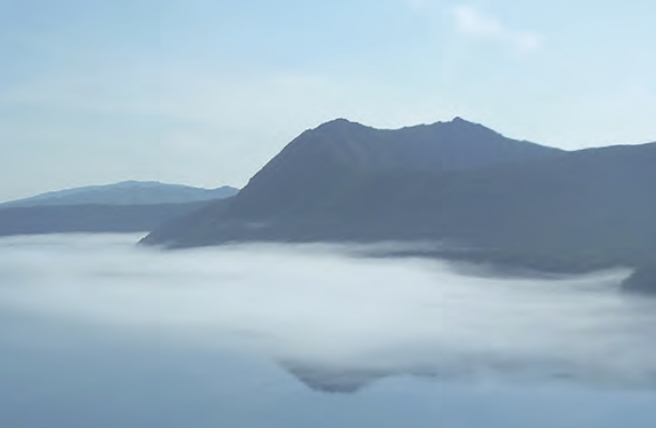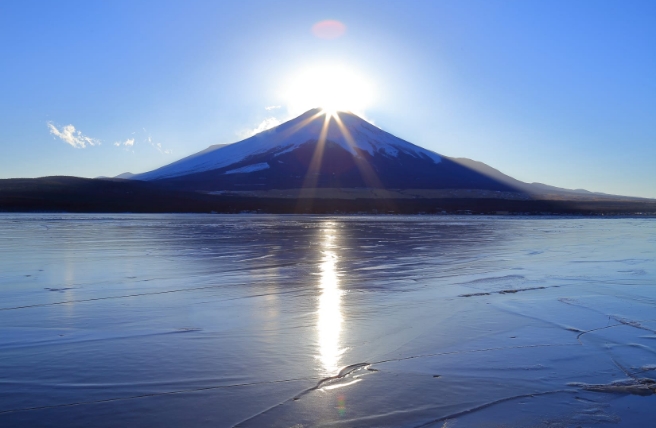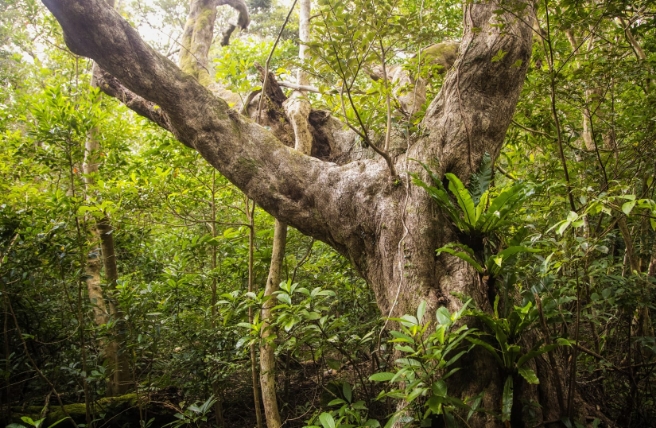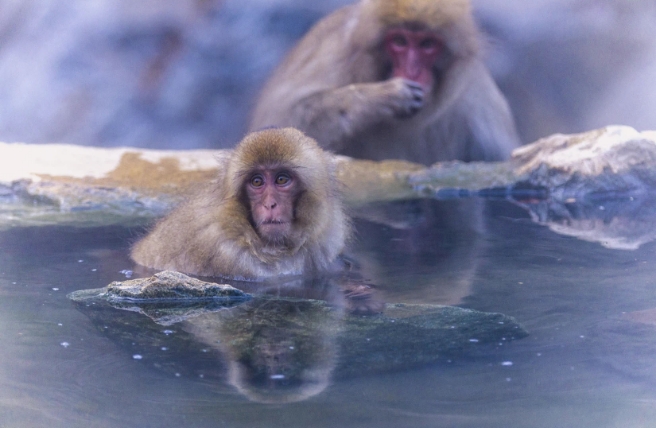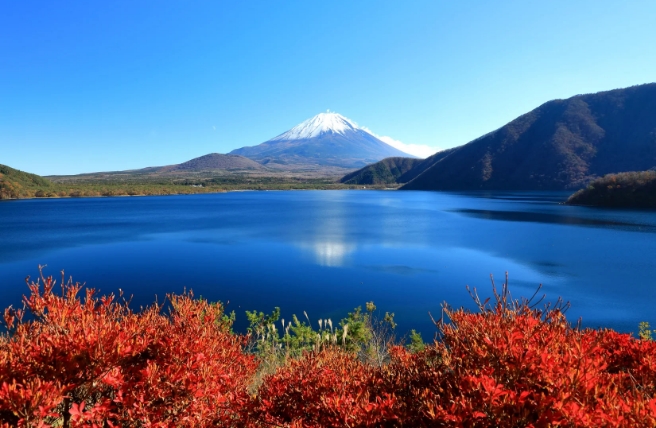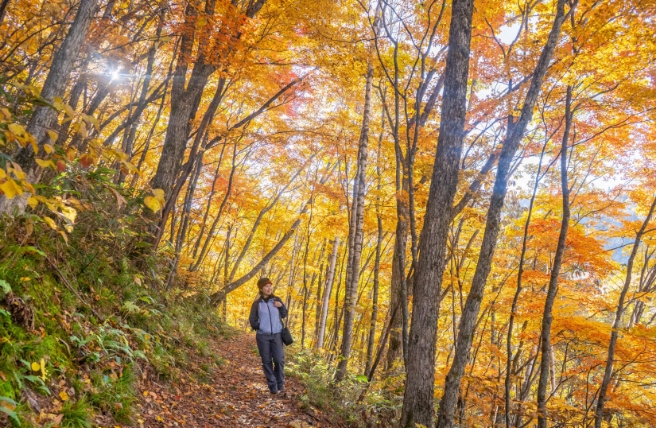Park ranger Yukio Fukaya strives to attain a delicate balance between nature conservation and human activity through revitalization projects
| Ranger | Yukio Fukaya |
| Park | Towada-Hachimantai National Park |
| Recommended Spot | Lake Towada |
* This article was written based on an interview conducted with the park ranger in January, 2022.
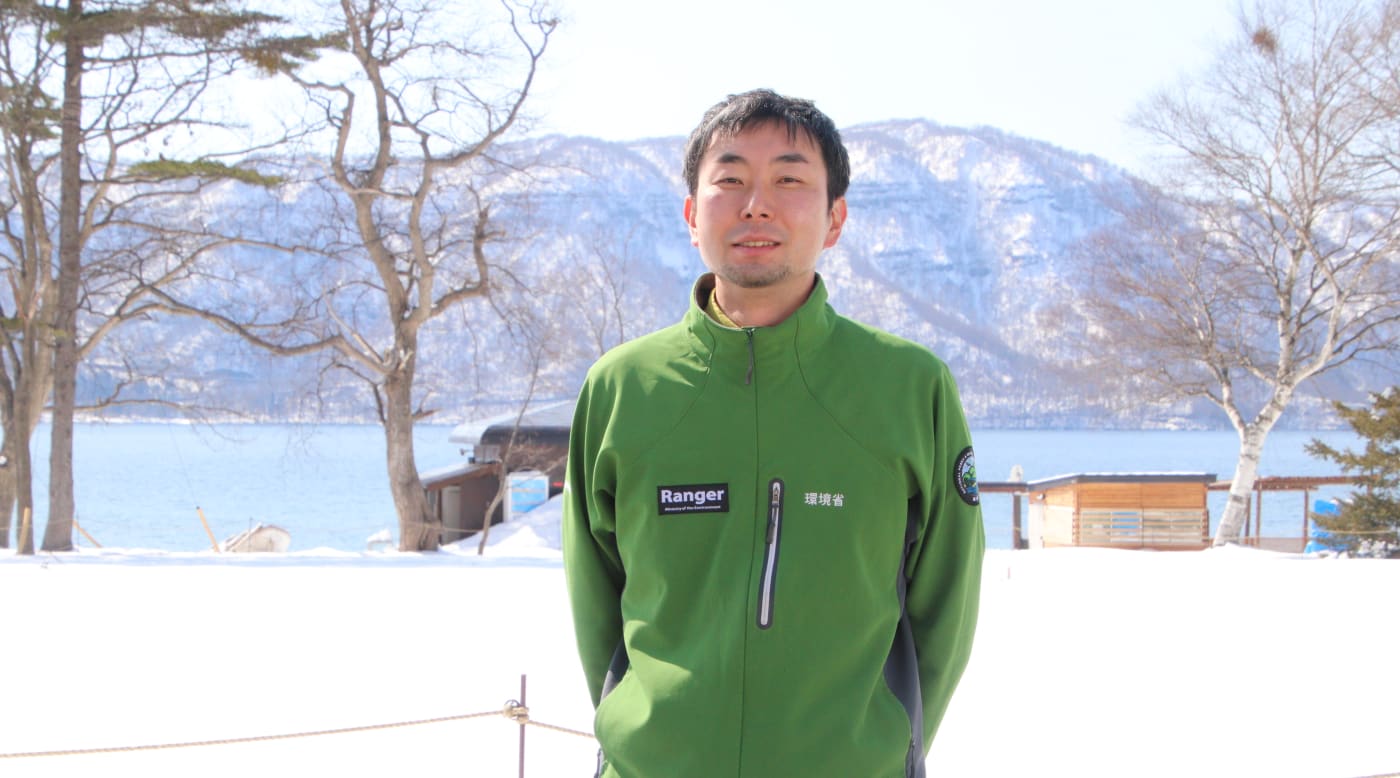
Yukio Fukaya has been stationed in three national parks since joining the Ministry of the Environment in 2008. Since then, he has gained a wealth of experience in projects such as World Heritage site management, creating measures against invasive alien species, and the "Green Reconstruction Project" that followed the Great East Japan Earthquake. He has worked in parks all over the country, from the Ogasawara Islands, 1,000 kilometers south of Tokyo, to his current post as a park ranger in Towada-Hachimantai National Park in northern Tohoku.
When he decided to become a park ranger, Fukaya says that, of course, he had a profound interest in nature, but he also wanted to be able to communicate to people about the importance of protecting the environment. “Being a park ranger requires that you not only be familiar with the natural world and have a lot of scientific knowledge, but it's also important to understand how people think and how society works. You need to be interested in many things and have the skills to communicate with people in the community. I wanted to show people that although we often take nature for granted, we need to make an effort to protect it.”
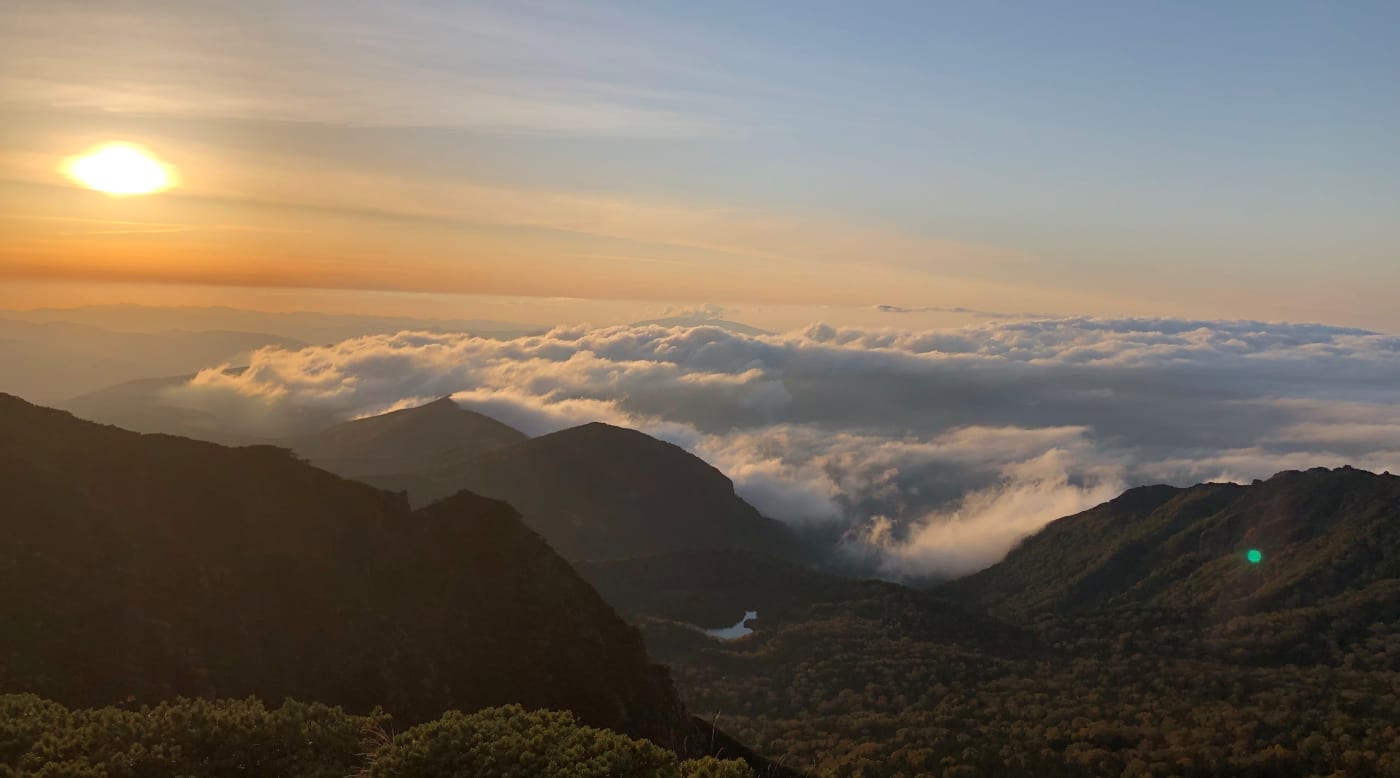
Embrace living with nature
Fukaya has experienced some challenges as a park ranger, but these experiences have taught him a lot. “I was working in Rikuchu Kaigan National Park—now Sanriku Fukko (reconstruction) National Park—along the eastern coast of Tohoku, when The Great East Japan Earthquake and Tsunami of March 2011 happened. It caused a lot of destruction to the land, people’s homes, and over 20,000 people lost their lives. This is just one example of how, although nature gives us many blessings, it can also be very dangerous. We realized that we had to change our ways of thinking and doing things.”
"After the earthquake, there were plans to raise the height of sea walls along the coast, but there were also concerns that they would block views of the ocean. Temporary housing units were built on the higher ground, and people lived there for years. Gradually, however, I noticed fishermen and others working near the sea again, and I recognized that living in an area like a national park means accepting both nature's blessings and its threats. This is why it is important to really understand nature."
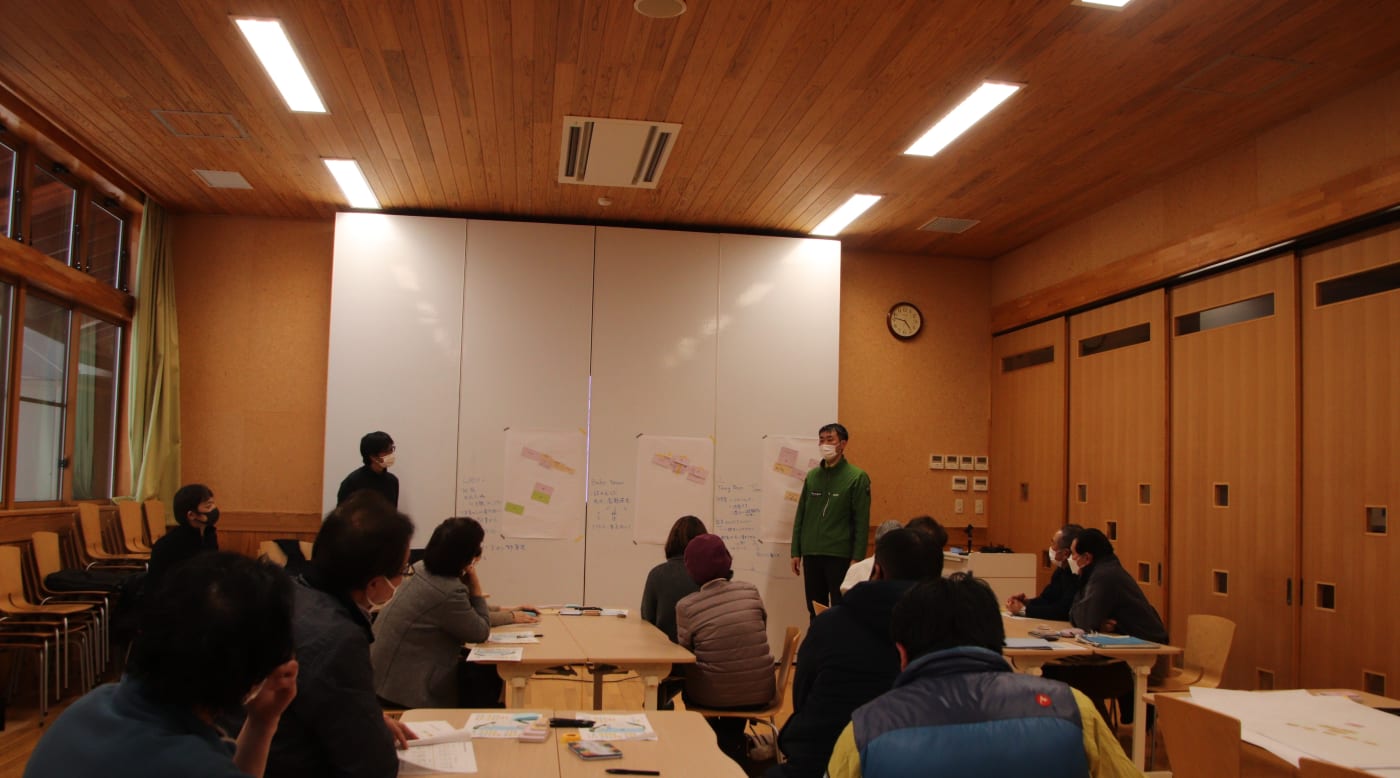
Fukaya was involved in the Tohoku region’s recovery efforts after the earthquake and tsunami, and was in charge of planning the reconstruction of the area and creating a new park, which became Sanriku Fukko (reconstruction) National Park in 2013. The reconstruction project continued, and the Michinoku Coastal Trail (a long-distance trekking route) was officially opened in 2019. The trail stretches 1,000 kilometers along the Sanriku coast, from Hachinohe, in Aomori Prefecture, to Ishinomaki, in Miyagi Prefecture. “While hiking this trail, visitors will most certainly be able to enjoy the park's beautiful scenery and natural environment, and connect with local people and experience their way of life and culture. They can also learn about the earthquake in some places.”
This awareness extends to visiting any national park or wilderness area, including Towada-Hachimantai. Fukaya advises that it’s important to plan in advance and be flexible, in case there are sudden changes in weather or any other unexpected complication. “The weather can also vary greatly depending on where you are in the park, what side of the mountain you are on, and so on. The park area has limited public transportation options, so sometimes you will need to rent a car or take a cab or tour bus. It's best to allow plenty of time and be prepared to stay longer."
"Also be aware that in winter here, some roads may be inaccessible, and outdoor activities are limited, but it is still possible to enjoy a variety of winter activities such as snowshoeing, skiing and snowboarding in some areas. In this season, you can enjoy the quiet scenery that only winter can offer. And because the park was formed by volcanic activity, there are many hot springs located near trailheads where you can warm up and soothe your body and soul after a hike. At visitor centers, you can find information about the natural environment of these areas."
The changing scenery of Lake Towada

Towada-Hachimantai National Park encompasses two noncontiguous areas in northern Tohoku: the Hachimantai Mountains in the park’s southern area, and the Hakkoda Mountains and the forests and streams around Lake Towada in the northern area. Both areas are beautiful and have their unique appeal. Despite only working in the park for less than a year, Fukaya has a particular affection for Lake Towada.
“This is probably a very subjective opinion, but I feel that Lake Towada, where part of the park’s name comes from, is a very special place. My office is near the lake and my house is also nearby, so I can observe the ever-changing scenery of the water, surrounding forest and mountains. It changes in each season, but you can even notice the differences by the hour, how sunlight reflects on the lake, the wind, and how the weather changes the lake. We want visitors to experience the park and observe the environment as if they lived in the area, and as such, we recommend staying for an extended period. Lake Towada and the nearby Oirase Gorge are well-known scenic spots in the park, but we hope that visitors will also take the time to enjoy other areas that have different landscapes, including the Hakkoda Mountains and Hachimantai.”

An eye toward the future
"In the past, many people visited the park on bus tours in large groups and didn't stay in one spot for very long, which is a shame," says Fukaya. "These kinds of tours then declined because of the effects of the Great East Japan Earthquake, and in recent years, the number of visitors has further decreased due to COVID-19. Many private facilities that welcomed visitors to the park are temporarily closed or have gone out of business. Under these circumstances, park rangers and staff at Towada-Hachimantai are prioritizing finding ways to better meet the needs of visitors and local residents while promoting tourism to the park. I've been talking to the areas' business owners in the toursim industry about how we can create high-quality experiences for visitors in the park, where they can slow down and truly engage with the natural world."

Another project underway is the removal of abandoned hotels and rest areas around the park, with the aim of turning them into new, eco-friendly facilities that won’t interfere with the landscape. “We are now focused on the placement of new park facilities that blend naturally with the environment, so that nothing gets in the way of these spectacular views. It’s a very exciting project. I hope that when the pandemic situation improves, we can welcome many tourists. We are planning experiences that are special to this region and which make the most of nature while meeting the needs of a new era.”
